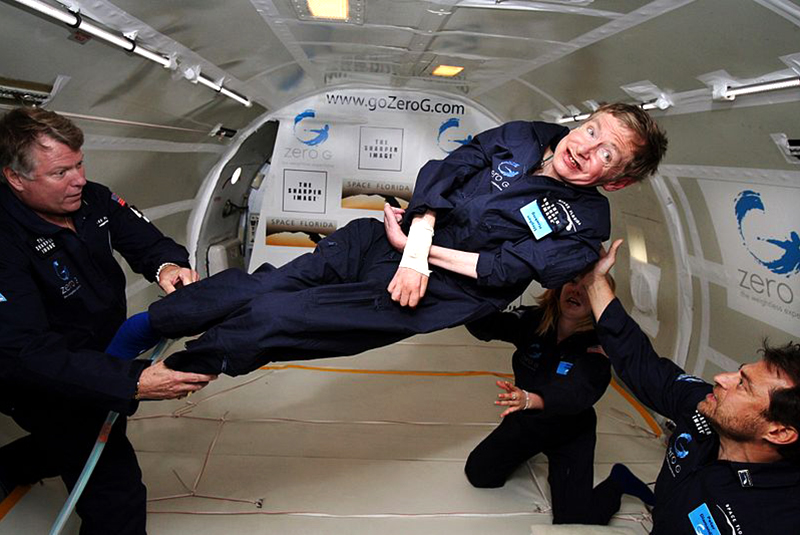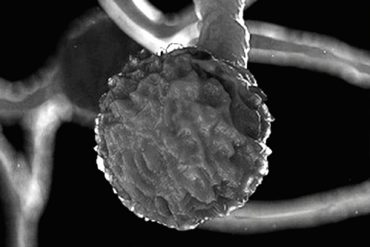A ball thrown vertically upwards, with some velocity, reaches a certain height and returns to the ground after a few seconds. A powerful rocket launched vertically upwards, soars into the sky till it is irretrievably lost. What is it that advises the ball to slow down on its way up, pause momentarily at its peak, and turn around? What makes the rocket defy that advice?
The answer comes from a fundamental physics principle which says that the total energy of a body is constant. As the ball rises, the energy it has by virtue of its motion – its kinetic energy – decreases till it becomes zero at the peak, but this loss is compensated by the energy it acquires by its elevation – its potential energy. At its lowest point, the energy of the ball is completely kinetic, at the highest point, it is completely potential. At each intermediate point in its trajectory, it has both kinetic and potential energies, whose sum – the total energy of the ball – is constant.
Controlling this intricate drama from behind the scenes is the gravitational pull exerted by the Earth. But, if the total energy becomes zero at any time, the body breaks through the fetters of the Earth’s gravitational force and continues to move away from it, slowing continually, till its velocity becomes zero, at which point it is infinitely far away – a point of no return. The critical velocity for which this happens is called the escape velocity. The greater the mass producing the gravitational force, the harder it is to overcome its pull, and greater the escape velocity. It follows from these considerations that the escape velocity depends on the mass of the Earth, the distance of the escaping body from the centre of the Earth, and G, the Newton’s gravitational constant.
Copyright©Madras Courier, All Rights Reserved. You may share using our article tools. Please don't cut articles from madrascourier.com and redistribute by email, post to the web, mobile phone or social media.Please send in your feed back and comments to editor@madrascourier.com











